Looking to start ice skating but unsure which skates to pick? Here’s the short answer: If you want something easy to use, portable, and beginner-friendly, strap-on skates like Snowfeet are a great option. They attach to your regular winter boots, making them comfortable and hassle-free. On the other hand, traditional skates offer better support and precision but can feel stiff, require a break-in period, and need more maintenance.
Key Differences:
- Strap-On Skates: Lightweight, easy to carry, no break-in period, works with your winter boots, great for outdoor surfaces.
- Traditional Skates: Better for precision, specialized skating (figure skating, hockey), but bulkier and less beginner-friendly.
Quick Comparison Table:
| Feature | Strap-On Skates | Traditional Skates |
|---|---|---|
| Comfort | Use your winter boots | Stiff, takes time to adjust |
| Ease of Use | Quick to strap on | Requires proper fitting |
| Portability | Compact, fits in a backpack | Bulky, needs storage |
| Ice Surfaces | Works on ponds and rinks | Best for smooth rinks |
| Cost | ~$250, no extra costs | $100-$300 + maintenance |
Bottom Line: Strap-on skates are perfect for casual skating and outdoor fun, while traditional skates are better for those looking to specialize in specific skating styles. Keep reading to decide which fits your needs best!
Ice Skate Shopping? Watch Out for These 5 Common Mistakes!
Snowfeet* Strap-On Ice Skates: Features and Benefits
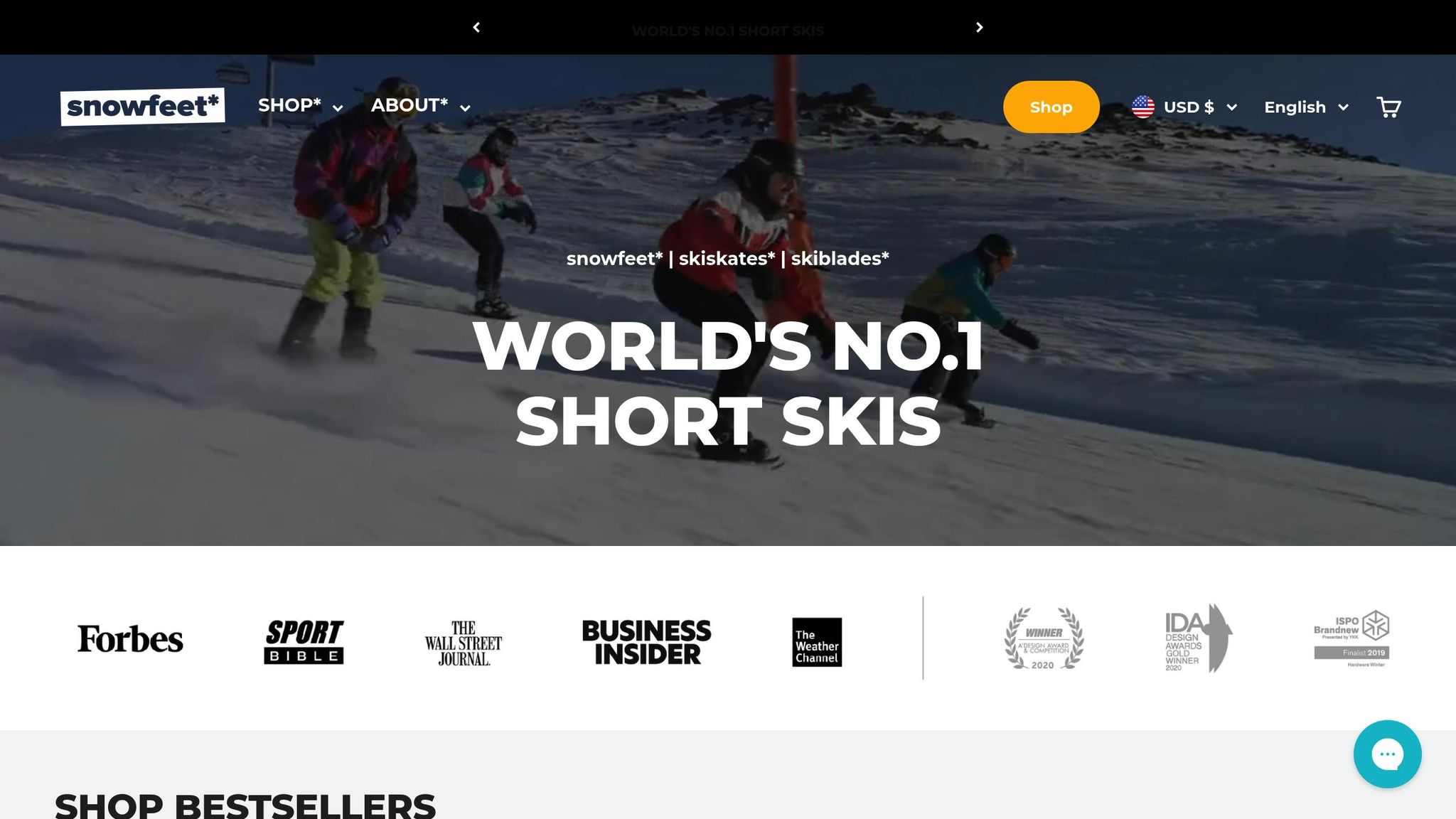
Snowfeet* strap-on skates are designed to make ice skating easier and more enjoyable, especially for beginners. They bring together portability, comfort, and versatility, removing many of the challenges associated with traditional skates.
Lightweight and Easy to Carry
One of the standout features of Snowfeet* skates is how compact and lightweight they are. Unlike traditional ice skates that can weigh several pounds and require a bulky bag, these skates are small enough to slip into a backpack or even a purse.
This portability makes them perfect for spontaneous skating adventures - whether you're heading on vacation, visiting a friend, or just keeping them in your car for those surprise moments when you stumble upon a frozen pond. You won’t need to worry about lugging around heavy gear or finding extra storage space. It’s skating made simple.
Beginner-Friendly Design
Snowfeet* skates are a breeze to use, even for first-timers. The adjustable strap system lets you put them on or take them off in seconds - no complicated laces or sizing issues to deal with. This simplicity is a huge relief for beginners who might feel intimidated by traditional skate setups.
What’s more, these skates work with your everyday winter boots, so there’s no uncomfortable break-in period. Unlike stiff traditional skate boots that can cause blisters and pinch your feet, Snowfeet* keep you warm and comfortable right from the start. The secure bindings ensure a snug fit, so you can focus on learning to skate without worrying about loose skates or unstable footing.
Versatile for Different Ice Surfaces
Another big advantage of Snowfeet* skates is their ability to handle a variety of ice surfaces. While traditional skates are designed mainly for smooth indoor rinks, Snowfeet* skates can take on frozen ponds, outdoor rinks, and even rougher natural ice. This flexibility means you’re not limited to just one type of skating environment.
Their shorter blade design is less likely to catch on uneven surfaces, making them a great choice for outdoor adventures. Whether you’re gliding across a local rink or exploring a frozen lake on a winter hike, these skates adapt to the conditions. Unlike sports like skiing or snowboarding, which require specific terrain, Snowfeet* skates let you enjoy the freedom of skating wherever you find ice.
Traditional Ice Skates: Features and Beginner Challenges
Traditional ice skates have been a go-to choice for skating enthusiasts for decades. However, for beginners, their design and maintenance can feel like a steep learning curve. These hurdles are part of what makes newer options like Snowfeet* so appealing. Let’s break down the key aspects of traditional skates and why they might not be the easiest choice for newcomers.
Types of Traditional Ice Skates
Traditional ice skates come in a few main styles, each tailored to specific skating needs:
- Figure Skates: Known for their longer blades and toe picks, these skates are designed for jumps, spins, and artistic moves on the ice.
- Hockey Skates: Built for speed and sharp turns, hockey skates feature shorter, curved blades and low-cut boots for quick, agile movements.
- Recreational Skates: Perfect for casual skaters, these skates aim to balance comfort and support, making them a middle-ground option.
Each type varies in price and features, so finding the right pair can take some research.
Challenges for Beginners
Getting the right fit with traditional skates can be tricky. A poor fit often means discomfort, less control, and a frustrating break-in period. For someone just starting out, these issues can make skating feel more like a chore than a fun activity.
Maintenance and Care
Traditional skates also come with a fair share of upkeep. Blades need regular sharpening, and proper storage is essential to keep them in good shape. For beginners, these extra steps can be overwhelming when all they want to do is hit the ice and learn. This is where modern alternatives start to shine, offering a more beginner-friendly experience without the hassle of constant maintenance.
sbb-itb-17ade95
Side-by-Side: Snowfeet* vs Traditional Ice Skates
When it comes to beginners, Snowfeet* and traditional ice skates offer very different experiences, especially in terms of ease of use and portability.
Comparison Table
| Feature | Snowfeet* Strap-On Skates | Traditional Ice Skates |
|---|---|---|
| Ease of Use | Attach quickly to your winter boots | Require a precise fit and a break-in period |
| Learning Curve | Beginner-friendly and intuitive | Takes time to master due to specialized design |
| Comfort | Use your own comfy winter shoes | May feel stiff or uncomfortable at first |
| Portability | Compact and fits in a backpack | Bulky and needs dedicated storage |
| Versatility | Works on various ice surfaces | Best for standard ice rinks |
Why Snowfeet* Work Great for Beginners
- Quick Setup: Forget the hassle of finding the perfect fit - just strap Snowfeet* onto your winter boots and you're ready to go. No extra sizing drama.
- Ultra-Portable: Their compact, lightweight design makes them easy to toss in your backpack or car. No more lugging around heavy skates or worrying about storage space.
- Easier to Learn: Since you’re using your own winter footwear, there’s no awkward adjustment period. You can focus on having fun instead of breaking in stiff boots.
- Go Beyond the Rink: Snowfeet* let you explore more than just traditional ice rinks. Their design works on various ice surfaces, giving you the freedom to skate wherever the adventure takes you.
These features make Snowfeet* a great choice for anyone looking for a fun, beginner-friendly skating option that fits seamlessly into their life.
How to Choose the Right Ice Skates for Your Needs
Choosing the perfect pair of ice skates depends on your skating environment, personal preferences, and future goals. Let’s break down what to consider so you can make the best choice.
Weather and Skating Locations
Where you plan to skate - and the weather conditions - matters a lot. If you're heading outdoors to frozen ponds, lakes, or backyard rinks in chilly winter weather, Snowfeet* strap-on skates are a great option. Why? They attach to your regular winter boots, so you get the warmth and waterproofing you’re already used to. Plus, they’re versatile enough to handle a variety of ice conditions.
On the other hand, traditional ice skates are ideal for indoor rinks. These skates are designed for smooth, well-maintained surfaces, so they shine in temperature-controlled environments. But if you’re venturing onto natural ice or skating outside in freezing temperatures, traditional skates might leave your feet feeling cold and uncomfortable. That’s where Snowfeet* come in, keeping your feet cozy in insulated winter boots while adapting to unpredictable ice surfaces.
Snowfeet* offer flexibility, performing well on both groomed rinks and natural frozen spots. Whether you’re skating in a local rink or exploring a frozen lake, they’re ready to go.
Shoe and Storage Preferences
Think about your footwear and how much space you have for storage. If you already own warm, comfy winter boots, Snowfeet* let you use what you’ve got - no need for extra gear. They’re also super portable. Toss them in a backpack, and you’re set for an impromptu skating session.
Traditional skates, however, require more care and space. They’re bulky, need to be dried after each use, and can take up a lot of room in your closet or car. If you travel often, Snowfeet* are the clear winner. Their lightweight, compact design makes them easy to pack for winter getaways or quick weekend trips, unlike lugging around traditional skates.
Budget and Future Plans
Cost is another factor to weigh. Traditional ice skates typically range from $100 to $300, and they come with ongoing maintenance costs. Snowfeet*, on the other hand, start at $250 and don’t need any extra fittings or accessories. That means you’re getting a complete solution without the added hassle.
If you’re new to skating and not sure about making a long-term commitment, Snowfeet* are a smart, budget-friendly choice. They’re versatile and work for various winter activities, so you’re not locked into traditional ice skating gear. And if you do decide to try traditional skates later, you’ll still have Snowfeet* as a fun, portable option.
For families, Snowfeet* are especially practical. Instead of buying multiple pairs of traditional skates for kids who quickly outgrow them, each family member can use their own winter boots with Snowfeet*. This saves money and makes managing gear much simpler. It’s an easy, cost-effective solution for casual skaters and families alike.
Why Snowfeet* Strap-On Skates Work Best for Beginners
Snowfeet* make ice skating simpler and more approachable, especially for beginners. They tackle the usual challenges of learning to skate, making it easy to get started.
One of the biggest advantages? The learning curve is practically non-existent. Unlike traditional ice skates, which can take weeks - or even months - to master, Snowfeet* let you hit the ice right away. Since they strap onto your regular winter boots, there’s no awkward adjustment period. You’re already comfortable in your boots, so you can focus on enjoying the experience rather than fumbling with unfamiliar gear.
Another perk is how lightweight and portable they are. Planning a winter hike or a weekend getaway to a cabin? Toss Snowfeet* into your bag without a second thought. They’re perfect for those spontaneous moments when you stumble across a frozen pond and want to glide around.
And let’s talk about money. Traditional skates often come with hidden costs - blade sharpening, boot fittings, and so on. Snowfeet* eliminate all that. You use your own winter boots, which means families can save a bundle compared to buying multiple pairs of skates for everyone.
Snowfeet* also excel in handling different ice conditions. Whether you're on a smooth rink or a bumpy frozen lake, they perform better than many traditional brands like Burton or K2. Plus, your winter boots keep your feet warm and dry, something traditional skates can’t always promise.
Sure, traditional skates are great for specific activities like figure skating, competitive hockey, or formal lessons. But for anyone just looking to have fun on the ice without a big commitment, Snowfeet* are the way to go. They’re all about simplicity, versatility, and value.
In short, Snowfeet* strip away the barriers that can make ice skating feel intimidating. They’re designed for everyday people who want to enjoy the ice without the hassle of traditional skating gear.
FAQs
What makes Snowfeet strap-on skates a great choice for beginners learning to ice skate?
Snowfeet strap-on skates are a great pick for beginners. Why? They're lightweight, super compact, and slip right over your regular winter boots. Unlike traditional ice skates, they’re not as intimidating and are much easier to put on and start using - perfect for anyone new to gliding on the ice.
Another plus? They’re incredibly portable. Toss them in your bag, and you’re ready to go wherever your winter adventures take you. The simple design means there’s less of a learning curve, so you can focus on enjoying yourself and building confidence on the ice. And if you’re not into lugging around bulky skis or snowboards, these skates are a fantastic alternative for winter fun.
How do Snowfeet strap-on skates compare to traditional ice skates on different ice surfaces?
Snowfeet strap-on skates work best on harder, compact snow and icy surfaces, making them a great fit for ski slopes, snowparks, and packed hiking trails. But if you're dealing with powdery snow or very soft terrain, they might not perform as well - traditional ice skates or other gear would be a better choice in those conditions.
For beginners, Snowfeet bring something special to the table. Their lightweight, portable design and simple strap-on system make them easy to use. Unlike traditional ice skates, they’re versatile enough to handle both snowy and icy terrain, so you can enjoy the outdoors without lugging around heavy equipment.
What maintenance do Snowfeet strap-on skates require, especially for beginners?
Snowfeet strap-on skates are super easy to care for, which makes them a great option for beginners. After each use, just give them a quick wipe to remove any moisture - this helps prevent rust from forming on the blades. It’s also a good idea to check the straps and buckles now and then to make sure they’re secure and working properly. If you want to keep the blades gliding smoothly, you can sharpen them occasionally, just like you would with regular ice skates. Follow these simple tips, and your Snowfeet skates will be ready to roll (or glide) for your next adventure!







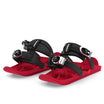
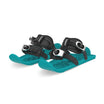












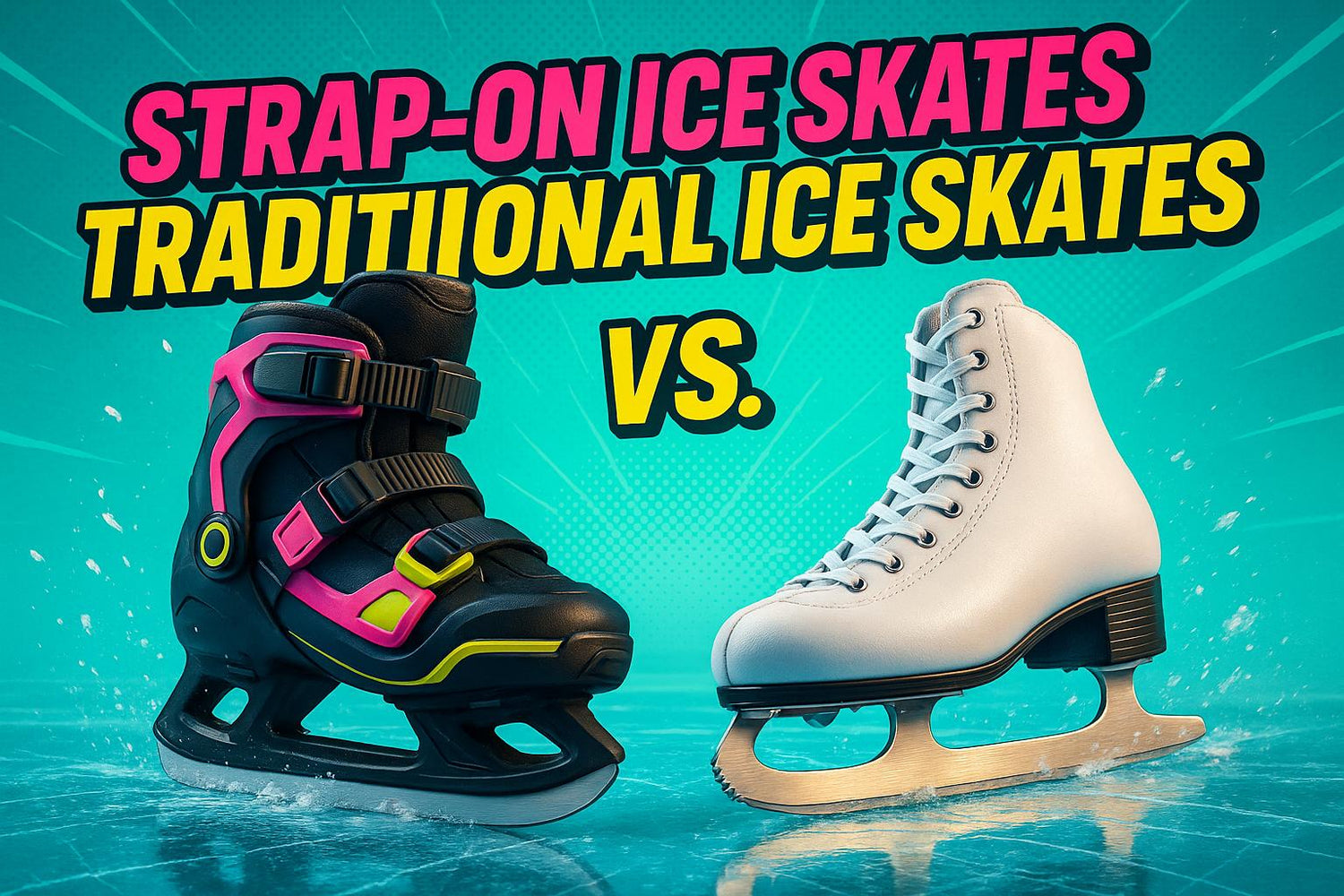
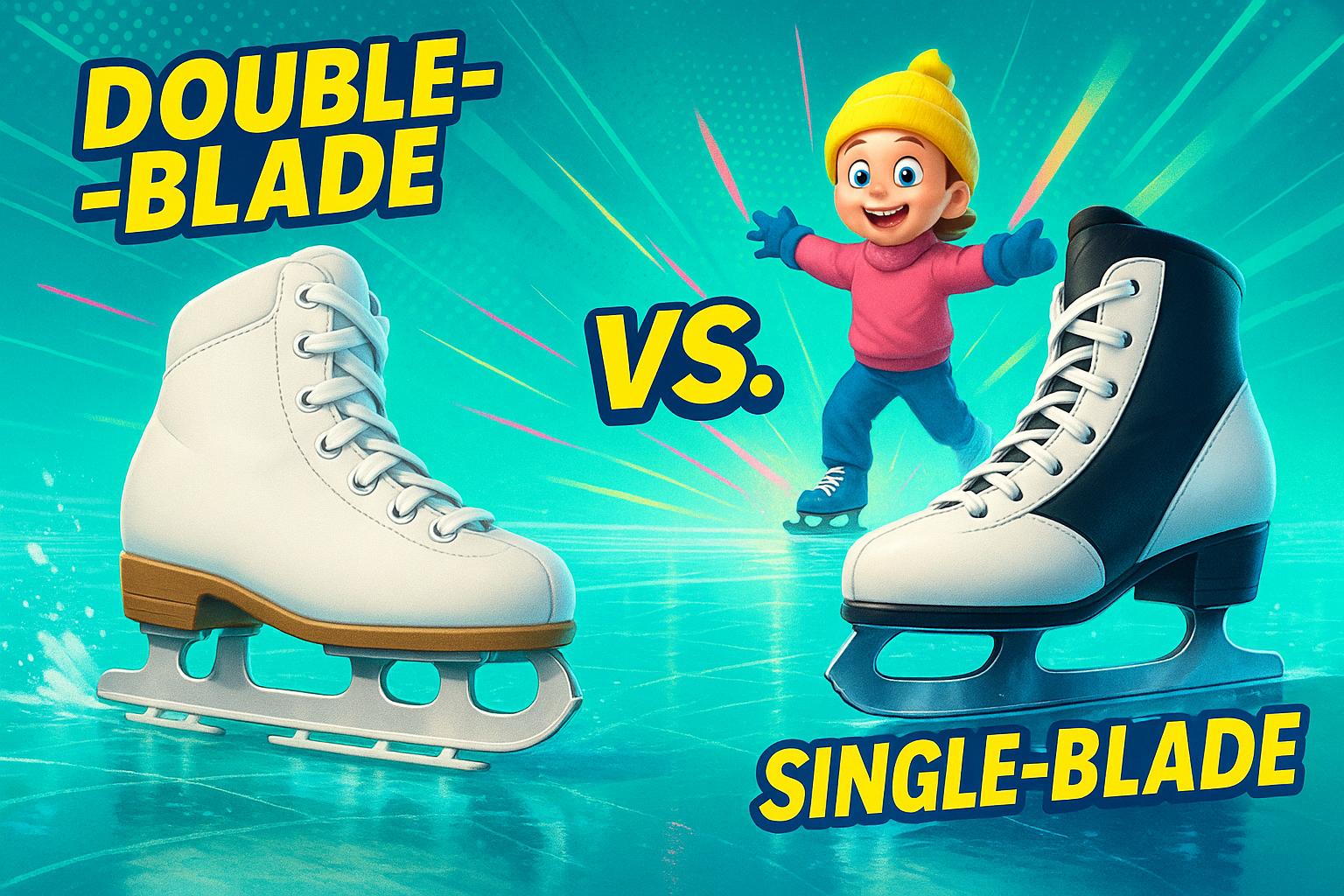
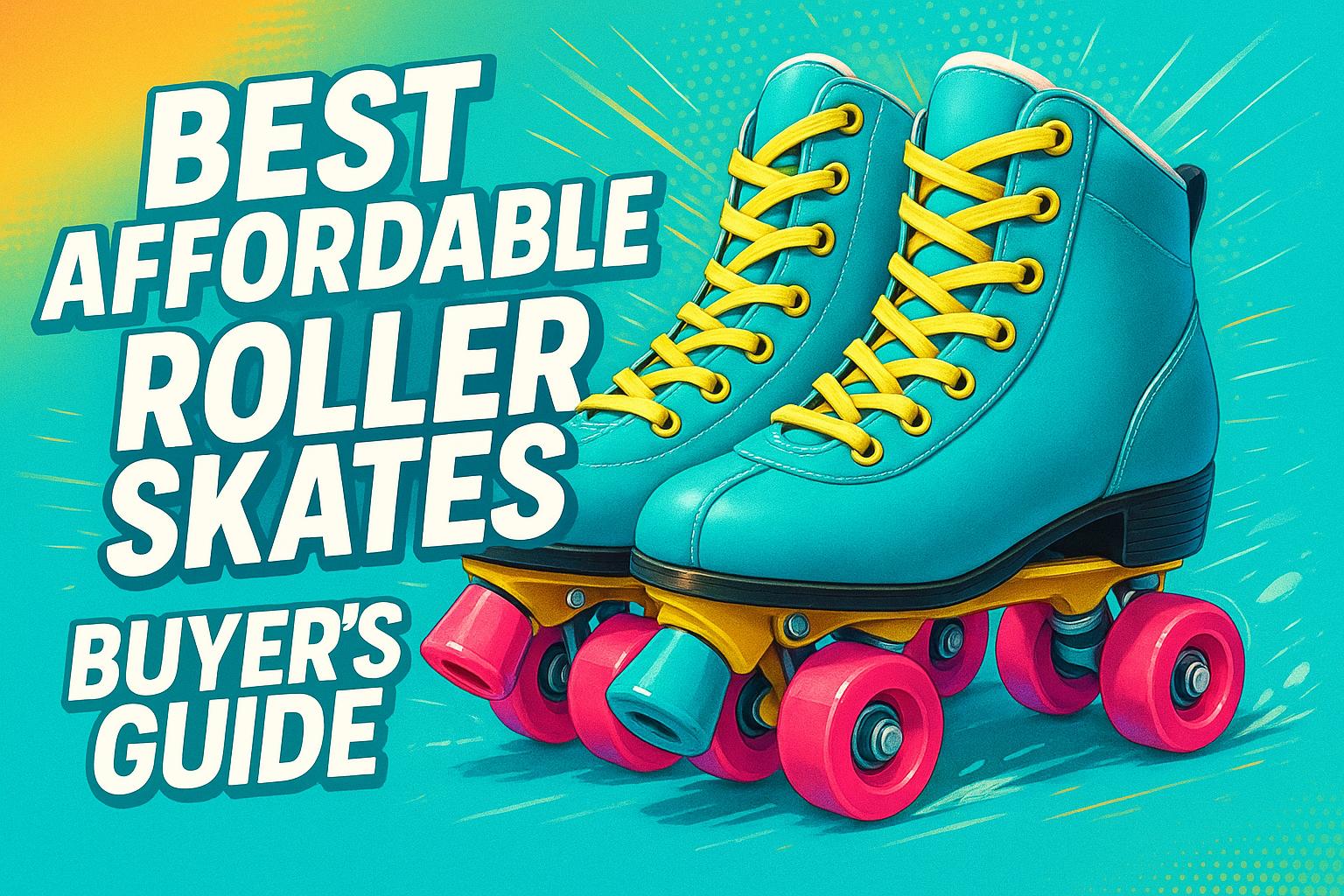




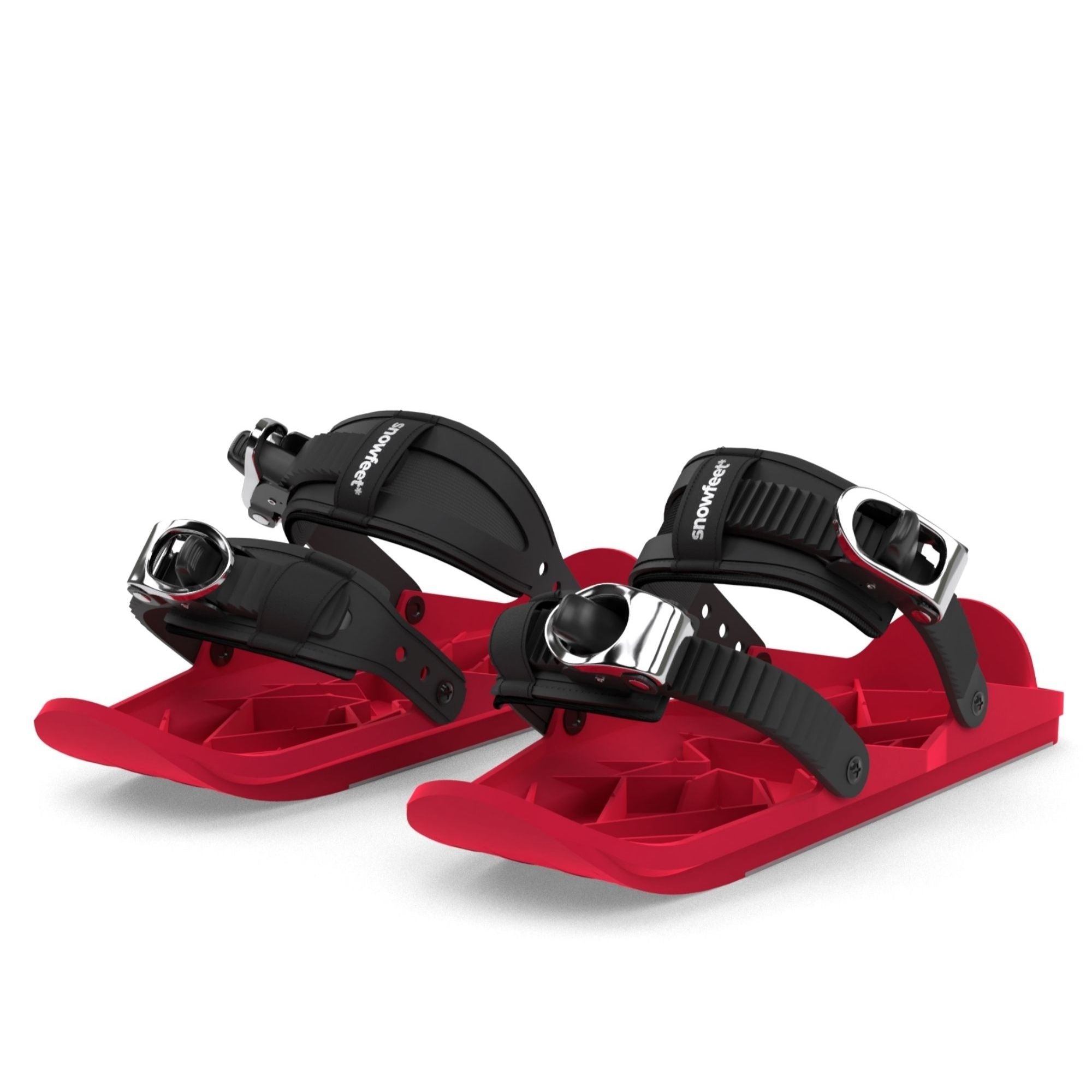
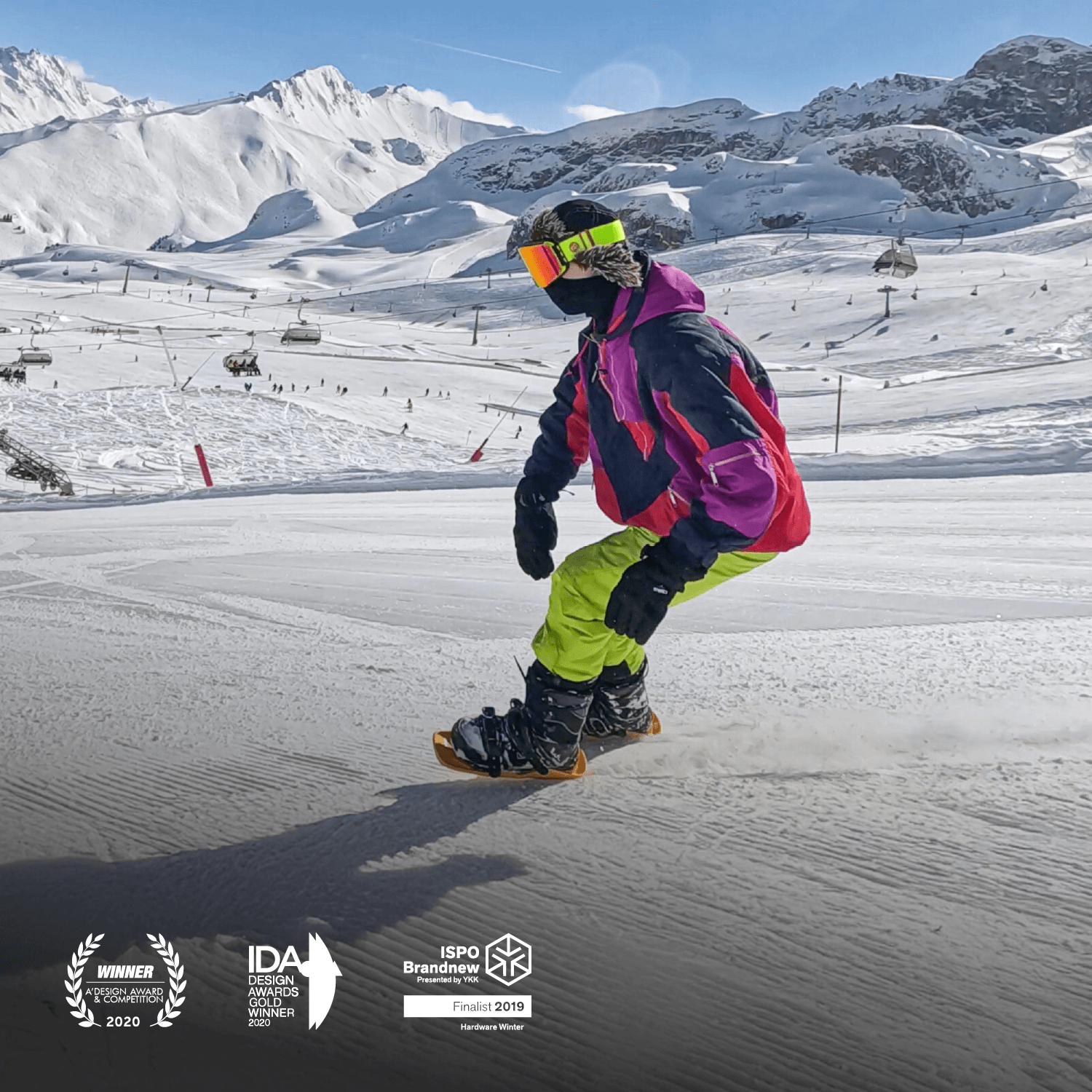




Leave a comment
This site is protected by hCaptcha and the hCaptcha Privacy Policy and Terms of Service apply.